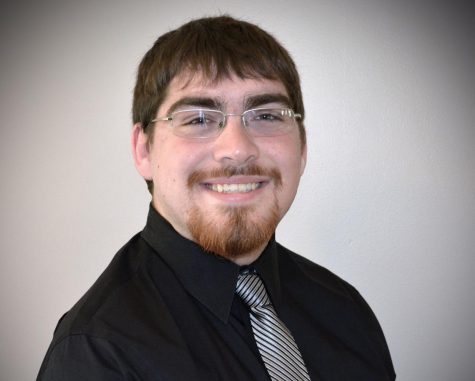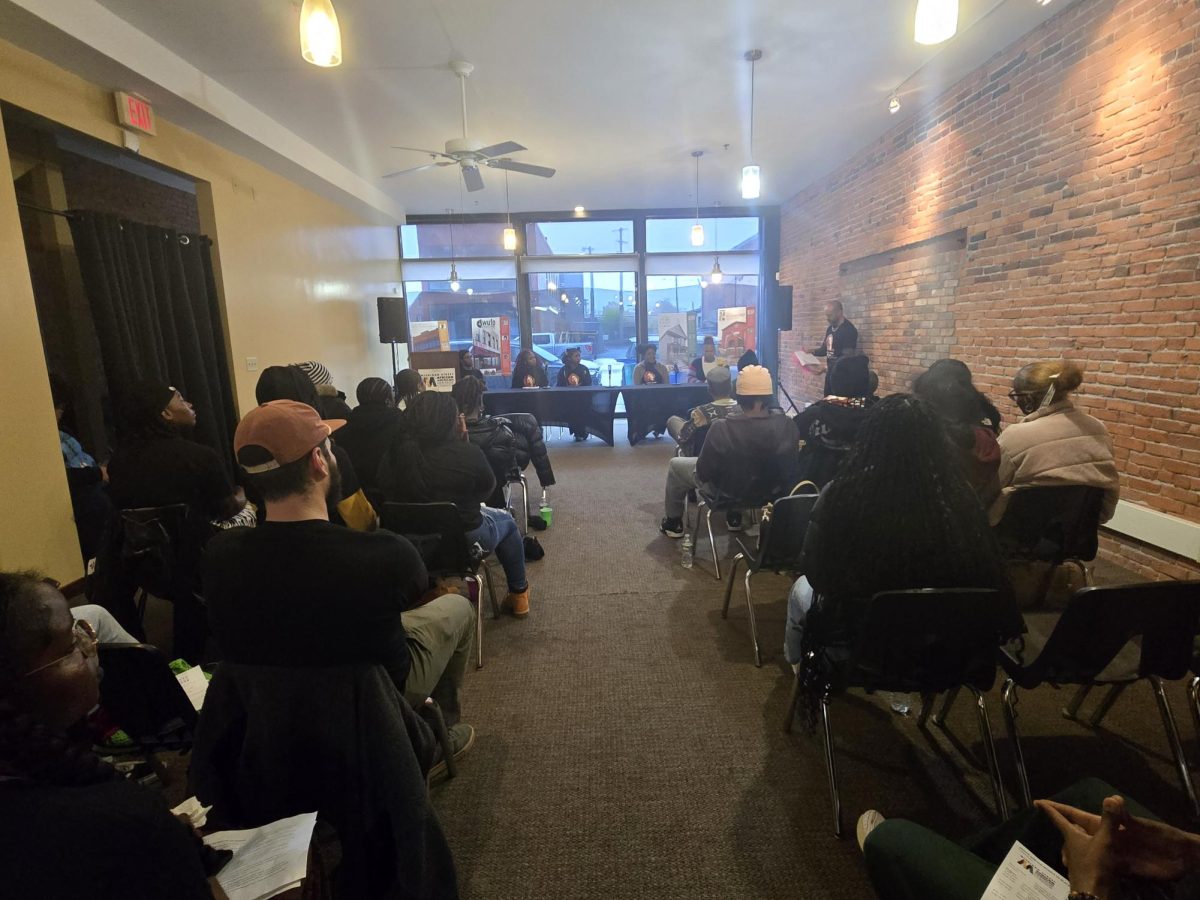Fresh ideas to re-tool college football satellite camps
September 20, 2016
This past summer, college football coaches were griping back and forth about the relatively new practice of some programs about their satellite camps. Satellite camps are camps run by local institutions. Often college football coaches from big programs like those in the Big Ten are invited to attend these camps, often held nowhere near campus.
Before going on, I must tell you I’m a big Ohio State fan, so I am biased. However, I think my solution will help all programs.
Michigan head coach Jim Harbaugh made noise over the summer when he toured around the country, attending nine camps in seven states. Alabama head coach Nick Saban made it clear he was not a fan of satellite camps, calling them “the wild, wild west” for recruiting. He believes that the camps allow for third parties to get involved in the process of recruiting which can hurt the kids.
“This is the wild, wild west at its best,” Saban said at SEC spring meetings this past spring. “There have been no specific guidelines relative to how we’re managing control of this stuff.”
So let’s set up specific guidelines for these camps. I’ll even start making up those guidelines for the NCAA. Also, for anyone worried about the camps widening the gap between the rich and the poor, I’m taking care of the little guy, too.
If I were given control, like a commissioner of sorts, I would set strict guidelines for satellite camps.
Under these new rules, a satellite camp would be defined as a camp that is 250 miles or father away from the school’s campus. I would have visiting schools run the camps themselves. Rather than programs like Michigan attending camps run by local schools, I would have Michigan find the facility, then host and run the camp.
The school would be in charge of inviting and registering campers. I would require that at least 50 players be invited to the camp. I would allow the school to charge campers a registration fee up to $80.
Second, I would require the program from the Power 5 conferences (SEC, Big Ten, Pac-12, Big 12, ACC, also independents in this case) to bring coaches from smaller schools to the camps with them. The Power Five schools would need to bring coaches and scouts from at least one non-Power 5 Division I FBS school, at least one Division I FCS school and at least one Division II school along with them to the camp, all of which would need to be within 200 miles of the Power 5 program’s campus.
The Power Five program would also be required to pay at least 50 percent of the expenses of the camp.
Bringing along the smaller schools to the satellite camps would not only help the smaller schools by allowing them easier access to more recruits outside their main geographical area, but would also help the players.
Players who might not have the talent to play at the Power five, but might have the talent to play lower level Division I or II can be seen by coaches on those levels from out of their area. The camps would provide an opportunity to these recruits to become aware of smaller schools outside their area that might be a good fit for them.
This would give the recruit more options, allowing them to make a more educated decision when choosing a college that suits them not only for football, but also academics and campus life.
Also, to take care of Coach Saban’s truly ‘sincere’ worry about the camps being the “wild, wild west” of recruiting: I would have the camps be closed to all spectators, so only coaches, recruits and staff would be allowed at all camp activities.
Here’s an example of how a satellite camp would happen under my proposed rules:
Let’s say Michigan is interested in a 5-star recruit named John Smith from Birmingham, Alabama and wants to meet him in person. Michigan finds a facility in the Birmingham area to run the camp and invites the recruit along with at least 49 other players in area, either by invitation only or open registration. Michigan brings along coaches from Western Michigan (Division I FBS school), Youngstown State (Division I FCS school) and Wayne State (Division II), all within 200 miles of Michigan’s campus.
While at the camp not only does Michigan get a good look at John Smith, the 5-star recruit, but after working with the coaches from Western Michigan, 2-star recruit William Jones, who never before thought about going away for college, becomes interested in the school. Tim Johnson may be yearning to get as far away from home as possible. After meeting with the Wayne State coaches at the camp, he looks into the school and decides that Wayne State is the place to start the next chapter of his life.
Schools would be allowed to host and attend as many camps, in as many places as they would like as long they follow the specific guidelines. Also, satellite camps wouldn’t be limited to just football, with slight modifications satellite camps could be work for any college sport.
So if satellite camps were run completely by the schools (not allowing for third parties to get involved) and allowed for players to come into contact with schools that they may otherwise not have had the chance, what argument could be made against them? And if you’re the one getting cherry picked for local talent in the area, you go can go and cherry pick somebody else’s prospects yourself.
email: boeck.record@outlook.com




